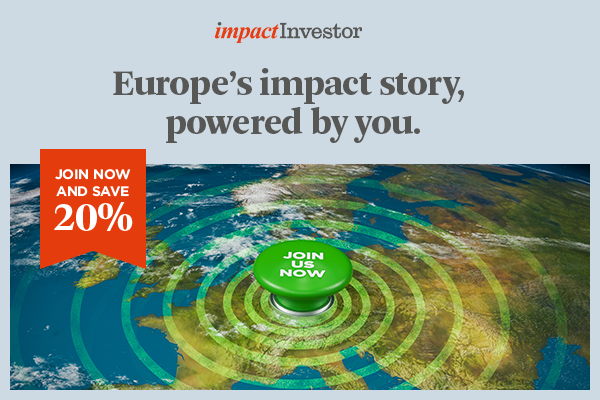The blue economy, historically one the most underfunded of all the UN SDGs, is gaining traction among investors thanks to new financing options, viable investment themes and supportive governance, Phenix Capital said.

The number of funds dedicated to the world’s oceans has jumped by 463% in the last decade, with some €69bn raised by blue economy funds over the period, according to the latest report from impact investment consultancy Phenix Capital Group.
The total target size of blue economy funds Phenix has been tracking since 2015 is €34bn, which includes both funds that are currently open for investment and those that may already be closed. While there are now 186 funds targeting the blue economy, this represents only 6.6% of the Phenix Capital impact funds database of 2,800 funds.
The world’s oceans play a key role in the global economy and our climate, generating around $2.5trn (€2.21trn) in goods and services each year, according to the World Wildlife Fund. The blue economy currently provides jobs to more than 30 million people, which may rise to 40 million by 2030, according to the International Finance Corporation.
The world’s seas also act as a climate regulator, generating half of our planet’s oxygen, and crucially absorbing almost all excess heat and more than 25% of carbon dioxide generated by humans.
Turning the tide
Despite its crucial role and vast potential, the blue economy has been one of the most underinvested of all the United Nations Sustainable Development Goals (SDGs), with an estimated funding gap of just over $149bn required annually to meet SDG 14 (Life Below Water), according to Science Direct.
The underinvestment may be partly linked to the fact that only five funds, including Aqua-Spark, Ocean 14 Capital and ReOcean, are fully dedicated to SDG 14, according to Phenix.
The rest of the funds tracked by Phenix focus on two or more SDGs, including SDG 14, while 35 funds target more than 10 SDGs. Some 37% of the funds that focus on the world’s oceans are also targeting between six to nine other SDGs, which is lessening the impact on the blue economy.
“There are signs that the tide is turning with new financing options, viable investment themes and supportive governance,” Phenix said in its report.
The Amsterdam-based firm pointed to a research report by Standard Chartered that showed the blue economy equity deal flow trebling between 2017 and 2023, and blue bond issuance levels doubling between 2022 and 2023.
New funds
In the past two years, a number of new funds dedicated to the blue economy have sprung up. In 2023, the Prince Albert II of Monaco Foundation launched the ReOcean Fund with Monaco Asset Management, followed by the creation of the Blue Economy Index, a financial index dedicated to achieving SDG 14, as well as SDG 12 (Responsible Consumption & Production) and SDG 6 (Clean Water & Sanitation), at the end of last year.
As previously reported by Impact Investor, Fidelity International in 2024 launched the Fidelity Funds 2 – Blue Transition Bond Fund, which the company claimed was the first blue transition fixed income fund to launch globally, while the UBS Rockefeller Ocean Engagement Fund also started in the same year.
Debt-for-nature swaps
In addition, there has also been an increase in debt conversion transactions – also referred to as debt-for-nature swaps – covering marine protected areas since 2015 in countries including the Republic of Seychelles and Belize, according to Phenix.
The blue economy funds tracked by Phenix are spread across a number of different asset classes, with private equity making up the majority (43%). Public debt funds are the next largest asset class for the blue economy with 21%, followed by public equity at 14% and private debt at 11%.
Blue bonds have become so popular with investors, the market may be worth $70bn by 2030, Phenix said, citing statistics by the Ocean Risk and Resilience Action Alliance.
Blue foods
The report also looked into so-called “blue foods” or foods produced by fisheries or aquaculture. More than three quarters of blue economy funds are targeting ocean preservation, while nearly 56% invest in aquaculture.
Only 19 blue economy funds are focused on fisheries, despite global consumption of blue foods forecast to soar to almost 155 million tonnes across all fish and shellfish categories by 2050, from 80 million tonnes now, according to Phenix.
It therefore expects more capital to flow into blue foods, ”but for this to happen more awareness of and investment opportunities in this sector needs to happen”, Phenix concluded.






